Good, strong, conifrers for privacy
dorry2
18 years ago
Related Stories
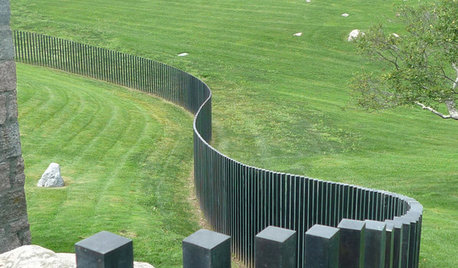
LANDSCAPE DESIGNGood Fences, Good Neighbors — and Good Views
See-through vertical fencing connects a yard with its surroundings while keeping children and pets safely inside
Full Story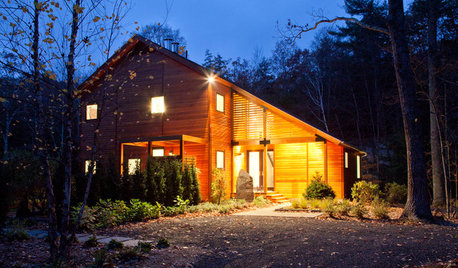
CONTEMPORARY HOMESHouzz Tour: Strong, Modern Lines Stand Up to the Trees
Modernism takes kindly to the New York woods, with double-height ceilings for openness and a burbling creek for music
Full Story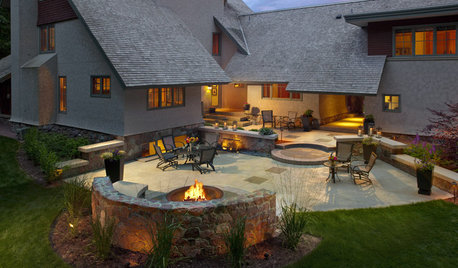
GARDENING AND LANDSCAPING10 Rock Wall Ideas for a Style-Strong Patio
Strengthen the look of your yard — and solve landscape design dilemmas — with a rock wall that fits right in
Full Story
GARDENING AND LANDSCAPINGGrow a Lush Privacy Screen
No need to wait forever for patio privacy the green way. These 10 ideas will get your screening up and running in no time
Full Story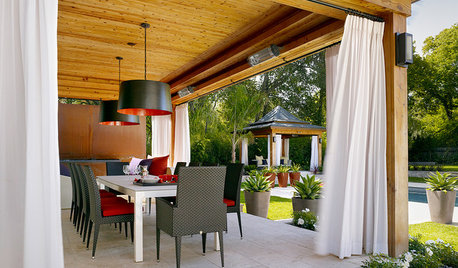
PATIOSGet Backyard Privacy the Subtler, Stylish Way
Why settle for a hulking brick wall when plants, screens and other refined backyard dividers do the job with panache?
Full Story
LANDSCAPE DESIGNThe 7 Best Plant Types for Creating Privacy and How to Use Them
Follow these tips for using different kinds of plants as living privacy screens
Full Story
GARDENING GUIDESGrow Your Own Privacy: How to Screen With Plants and Trees
Use living walls to lower your home and garden's exposure while boosting natural beauty in your landscape
Full Story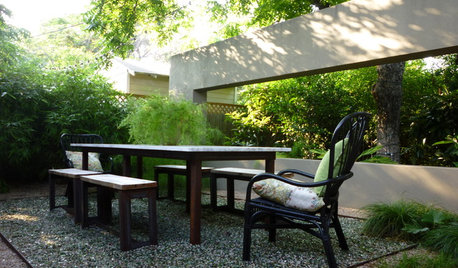
LANDSCAPE DESIGNIn Austin, a Backyard Wall Provides More Than Privacy
Designers solve a common privacy problem — and create some unexpected play — with a clever screening solution
Full Story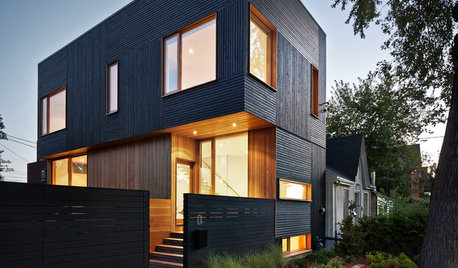
CURB APPEALEntry Recipe: Warmth, Style and Privacy in Toronto
A front porch dominated by wood and glass rises and pivots toward a side courtyard sheltered from street traffic
Full Story
WINDOW TREATMENTSBathroom Windows That Pull In Light and Add Privacy Too
Enjoy a bright, sunny space in comfort with one of these strategically designed window treatments
Full Story





marymd7
MelloB
Related Professionals
Canton Landscape Architects & Landscape Designers · Windham Landscape Architects & Landscape Designers · Ballenger Creek Landscape Architects & Landscape Designers · Bellefontaine Neighbors Landscape Contractors · Brooklyn Park Landscape Contractors · Costa Mesa Landscape Contractors · Cudahy Landscape Contractors · Hoffman Estates Landscape Contractors · Longmont Landscape Contractors · Metairie Landscape Contractors · North Lauderdale Landscape Contractors · Oak Harbor Landscape Contractors · West Coon Rapids Landscape Contractors · Beaumont Siding & Exteriors · Worcester Siding & Exteriorsalfie_md6
Laurel7286
eibren
creatrix
bellevie
vladpup
sandykk
creatrix